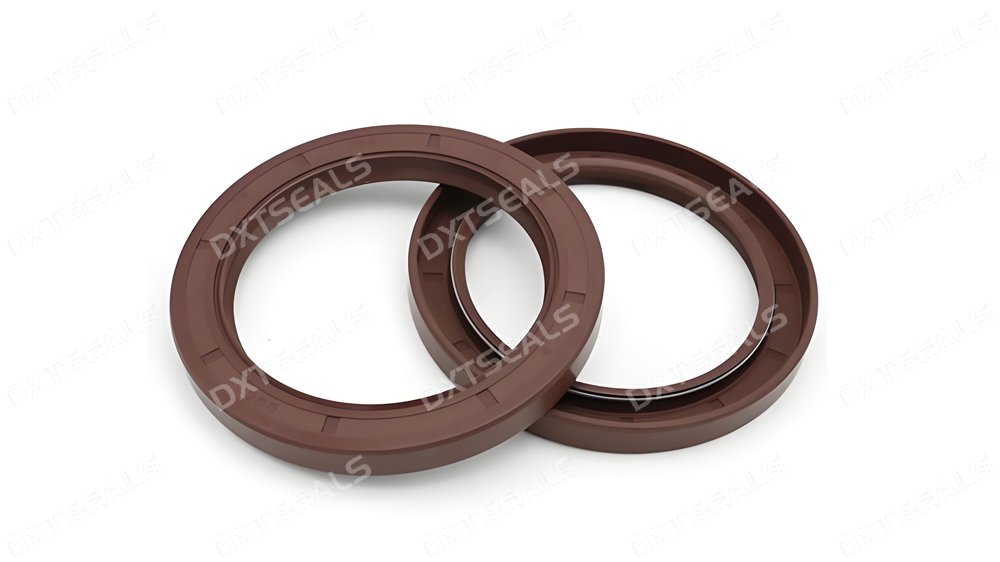
Choosing the right sealing material is not just about picking something that fits the size — it’s about matching material properties with your operating environment. The wrong choice can lead to leakage, premature wear, downtime, and costly repairs.
Here, DXTSEALS highlights the five most common mistakes in seal material selection and how to avoid them.
1. Ignoring the Operating Temperature Range
The mistake: Selecting a material without verifying its temperature limits.
Example: Using NBR (Nitrile) in a 150°C environment, leading to rapid hardening and cracks.
Solution:
-
Always check the continuous and peak temperature ratings.
-
For high temperatures, consider FKM (Viton®), VMQ (Silicone), or PTFE.
-
For low temperatures, materials like EPDM or low-temp NBR blends are better suited.
2. Overlooking Chemical Compatibility
The mistake: Choosing a seal that works in one fluid but degrades in another.
Example: EPDM performs well in water and steam but fails quickly in oil-based fluids.
Solution:
-
Consult a chemical compatibility chart.
-
For oil environments: NBR, HNBR, or FKM are better.
-
For strong acids and alkalis: EPDM or PTFE is preferred.
3. Assuming “One Material Fits All”
The mistake: Using the same seal material for every application.
Reality: Each industry (automotive, chemical, hydraulic, food processing) has unique sealing challenges.
Solution:
-
Match material to industry-specific requirements (e.g., FDA-grade silicone for food applications).
-
Work with seal experts like DXTSEALS to customize your solution.
4. Ignoring Pressure and Mechanical Load
The mistake: Selecting a material based only on chemical and temperature resistance while ignoring mechanical stress.
Example: PTFE offers great chemical resistance but lacks elasticity for high-pressure dynamic seals.
Solution:
-
For high-pressure applications, consider HNBR or polyurethane (PU).
-
For PTFE seals, use an elastomer energizer or backup ring to maintain sealing force.
5. Neglecting Environmental Factors
The mistake: Forgetting that UV, ozone, and weathering can degrade certain materials.
Example: NBR seals used outdoors can crack within months under sunlight exposure.
Solution:
-
For outdoor or ozone-prone environments, use EPDM, FKM, or silicone.
-
Consider protective coatings or shields for added durability.
Key Takeaways
-
Always match the material to temperature, chemical exposure, pressure, and environment.
-
Test before scaling — small trials prevent large-scale failures.
-
Work with professionals — DXTSEALS can help select the ideal material for your application, balancing cost, performance, and lifespan.
DXTSEALS specializes in custom seals, O-rings, gaskets, and engineered sealing solutions across NBR, HNBR, FKM, EPDM, VMQ, PU, and PTFE.
📩 Contact us today for expert material selection and avoid costly sealing mistakes.
